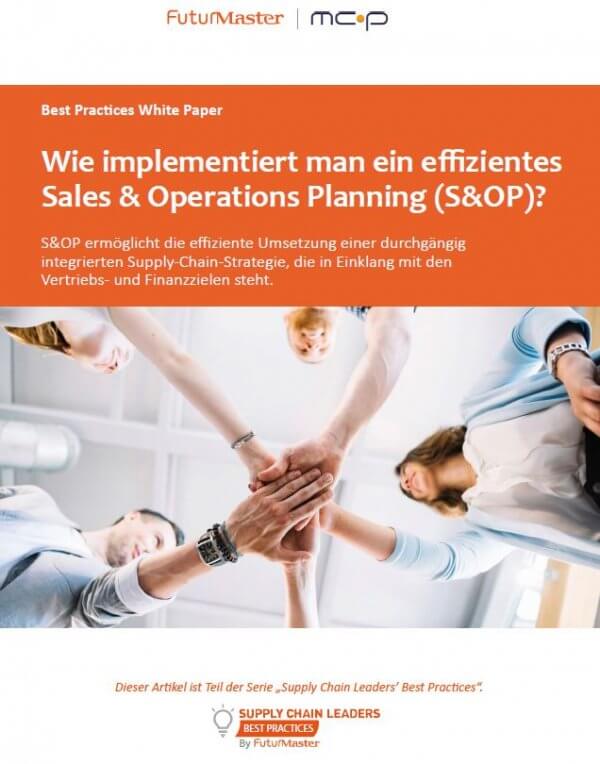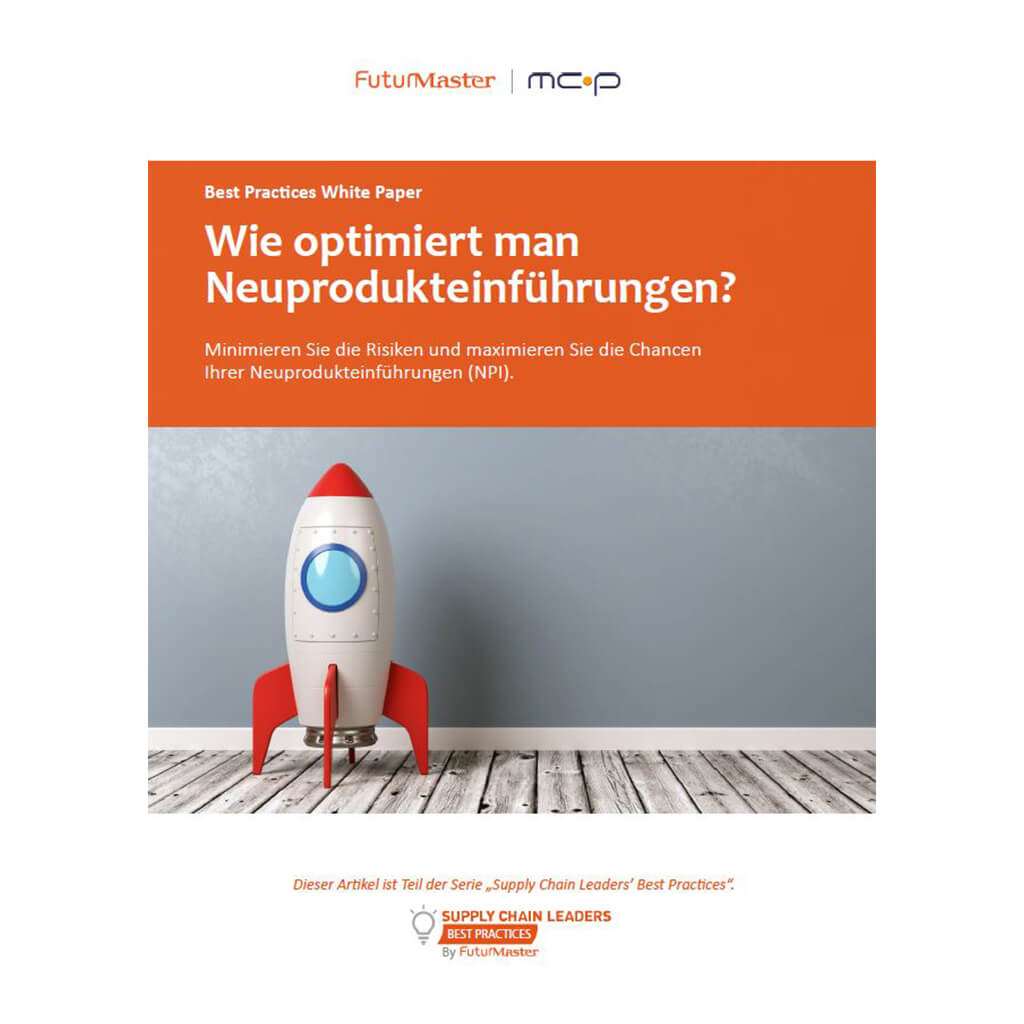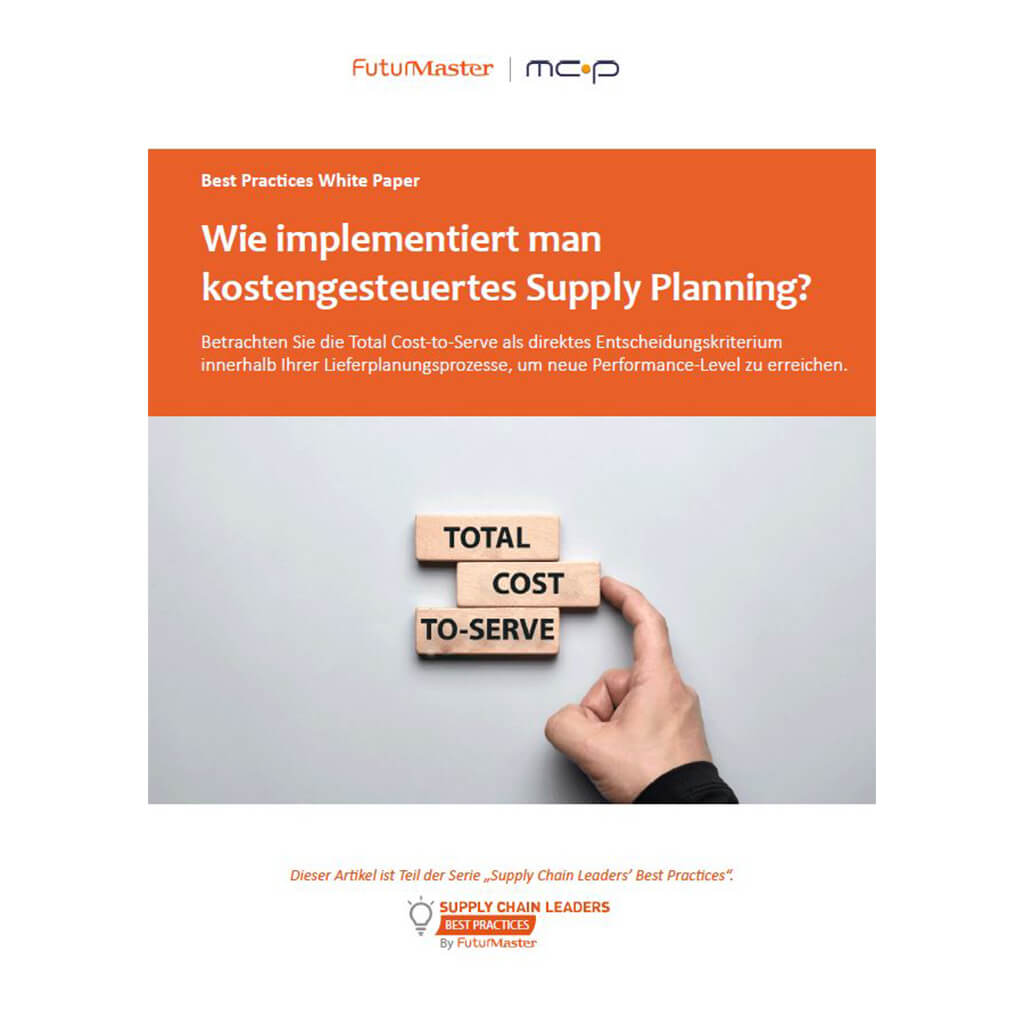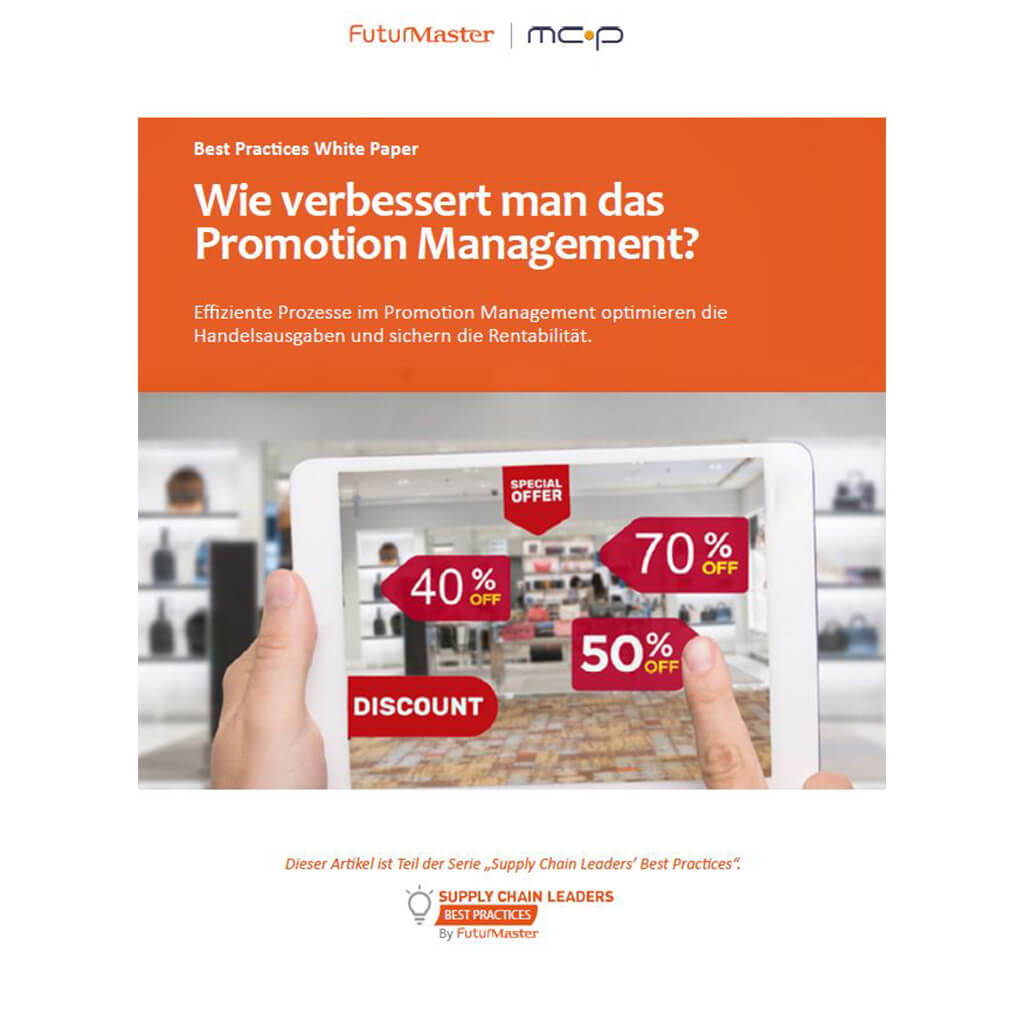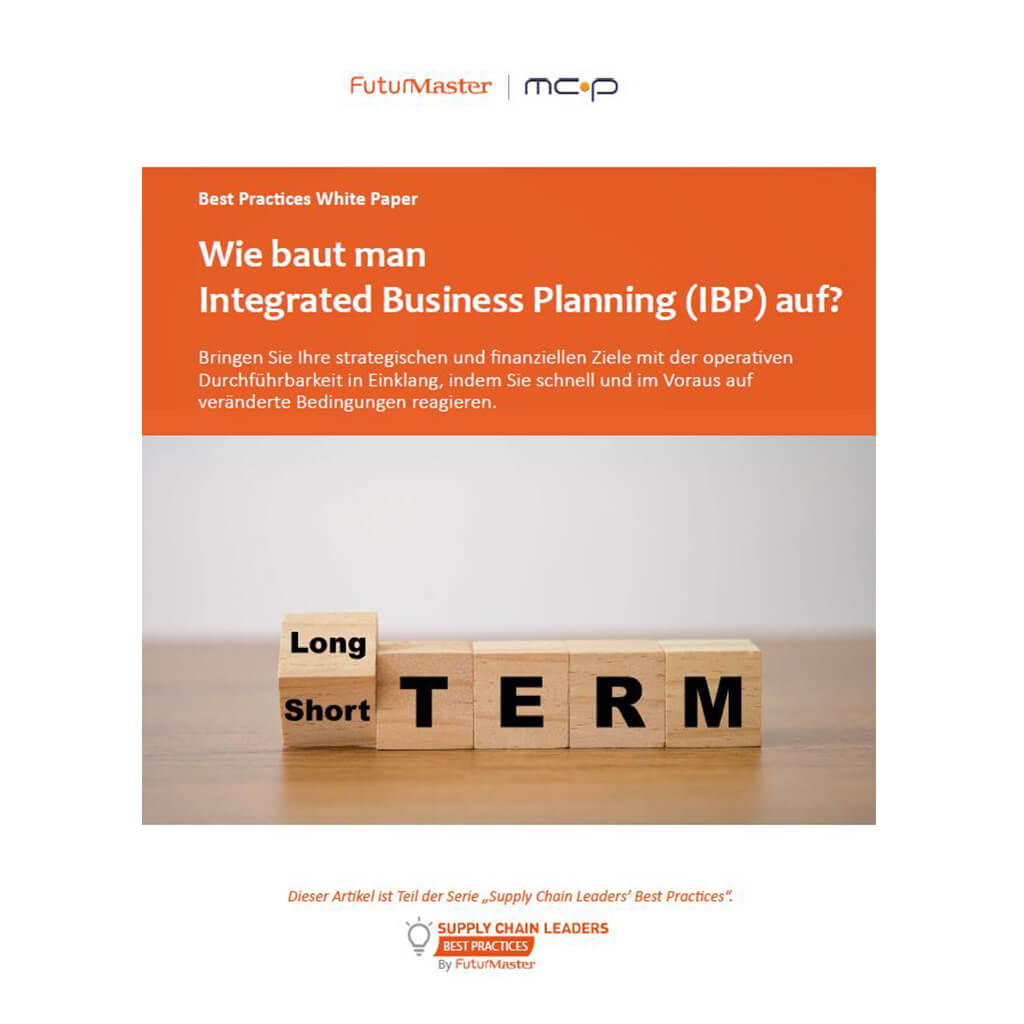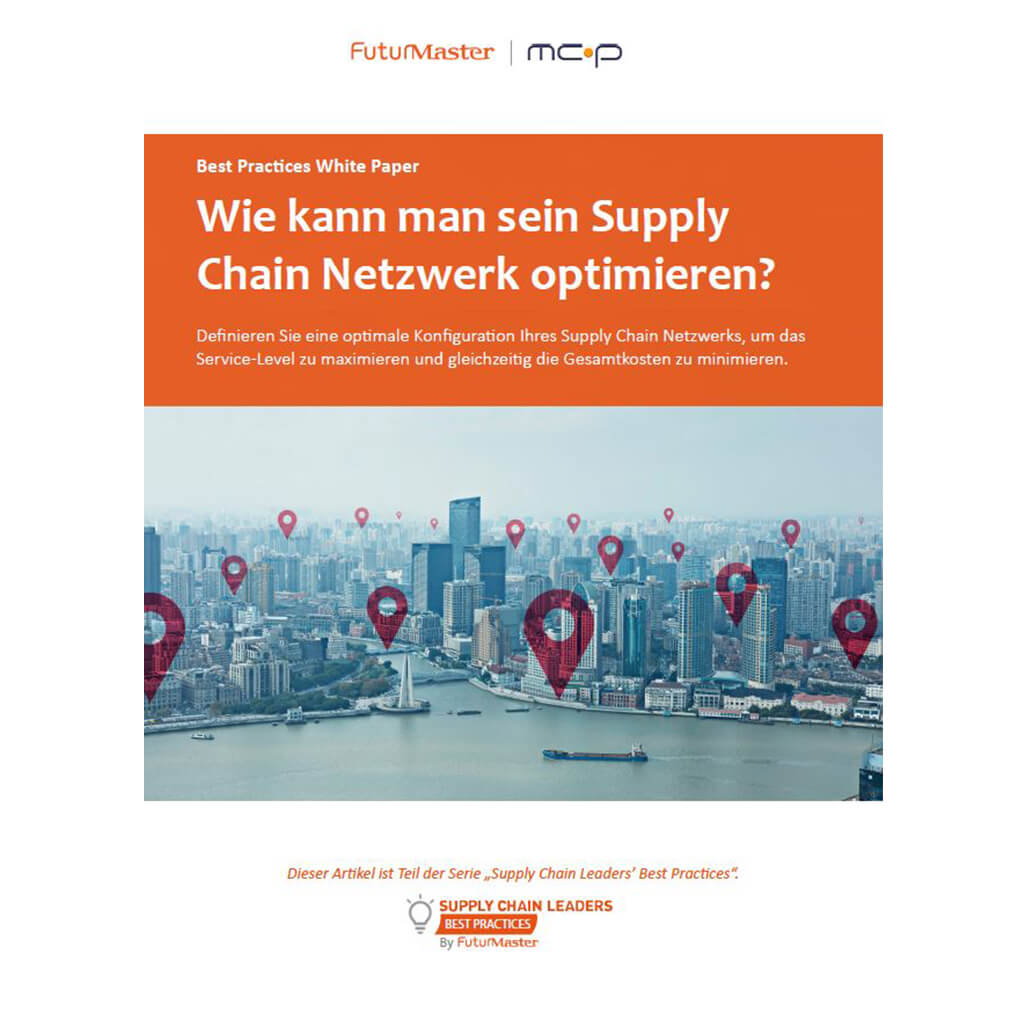Learn in the white paper which are the most important pillars you can use to improve the efficiency of your S&OP process.
Why Is It Important to Optimise the Sales and Operations Planning (S&OP) Process?
Markets move quickly and demand fluctuates. Agility, responsiveness and adaptability are some of the key characteristics that competitive companies must have. Global strategy must be closely monitored and compared with actual performance and results.
Implementing an S&OP process is the best way to close the gap between planning and reality. It enables the efficient implementation of a consistently integrated supply chain strategy that is aligned with sales and financial targets. The benefits are numerous and extend beyond the internal supply chain circle.
Download White Paper ‘Implementing Efficient Sales and Operations Planning’
Fill out the form to download the white paper.
**After successful data transmission, you will receive an email with the white paper. Please also check your spam folder.
Key Performance Indicators (KPI)
What Challenges Do Companies Face When Optimising Their S&OP Process?
Involvement of All Stakeholders
In most companies, efforts are siloed across departments and sometimes even within the same department.
Sales, marketing, finance, supply chain – everyone is trying to have the final say on strategy. However, a complete end-to-end view and understanding of your supply chain and all risks is critical to good decision-making. Otherwise, the plan that is executed may be counterproductive.
Companies that fail to involve all relevant stakeholders in the S&OP process will not have the end-to-end view required to execute the process effectively. The challenge is to ensure that the complete overview is obtained from the right perspective.
The end-to-end view of the supply chain should not be limited to your supply chain (production, inventory, distribution network). It should also include your upstream and downstream partners: your suppliers and subcontractors (factors such as capacity, lead time, price), your external logistics providers (again, factors such as capacity, lead time, price) and your customers (factors such as business development, inventory levels, order frequency, receiving capacity).
Speak the Same Language
Now that everyone from all relevant departments is involved, the next challenge is to find a common language. One of the biggest risks is wasting time and energy on pointless semantic debates because, let’s be honest, we often don’t all speak the same language within a company. Supply chain people are not marketing experts, and vice versa. A prerequisite is to agree on the data, KPIs, dashboards and templates that will be used for the process so that they are not questioned during meetings. The focus must be on addressing the alerts and discussing the risks and business opportunities.
Alignment of Objectives
Often, goals are not consistent enough across the entire company. Why should sales and marketing work to optimise inventory when, from their perspective, this poses a risk of increased stockouts, while their goal is to increase sales ‘at any cost’? Why would the supply chain agree to multiple air shipments for a strategic product launch when a significant part of their incentive is to reduce transport costs?
Conflicts of interest are one of the biggest threats to the effectiveness of the process. Goals should be aligned and consistent so that everyone is working towards the same goal and is rewarded for achieving it.
In This White Paper, You Will Learn:
- Who is affected by the implementation of an S&OP process
- How you can optimise your S&OP process: The path to optimal inventory – the 5 key pillars
- How FuturMaster and MCP can help you implement efficient S&OP
Fill out the form to receive the white paper ‘How to implement efficient sales and operations planning (S&OP)’. You will then receive an email with the white paper.
